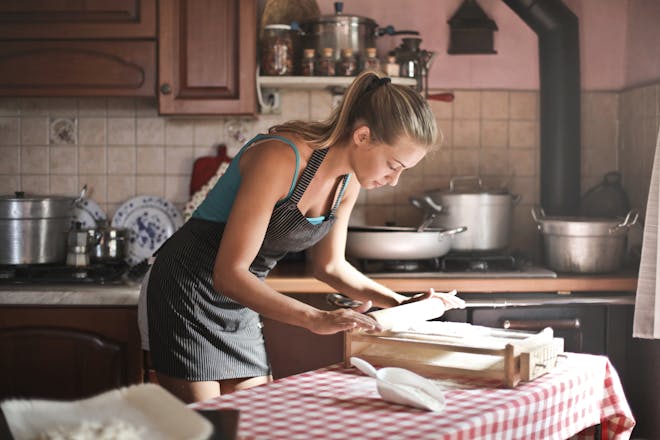Reverse Sear in Oven: A Step-by-Step Guide
When it comes to achieving the perfect steak, reverse sear in oven is a method that stands out for its simplicity and exceptional results. This technique involves slowly cooking the steak in a low-temperature oven before searing it on a hot skillet or grill for that ideal crust. Let’s dive into the process of reverse searing a steak to perfection in your own kitchen.
Understanding the Reverse Sear Method
The reverse sear is highly praised for its ability to produce steaks with edge-to-edge doneness and a beautifully caramelized outer layer. Unlike traditional searing, which starts with high heat and ends with cooking to the desired internal temperature, reverse searing flips the process. By starting at a lower temperature, you have greater control over the doneness, reducing the risk of overcooking and ensuring an even cook throughout the steak.
Why Choose Reverse Sear in Oven?
One of the key advantages of using your oven for the reverse sear method is the consistent temperature it provides. An oven’s ambient heat cooks the steak evenly, which is difficult to achieve with direct heat methods. This consistency is especially beneficial when preparing thicker cuts of meat that require precise cooking to achieve the desired doneness.
Selecting the Right Cut for Reverse Sear
When opting for reverse sear in oven, choose a steak that is at least 1.5 inches thick. Hearty cuts like Ribeye, Porterhouse, T-Bone, or Filet Mignon work best due to their thickness and marbling. These characteristics help retain moisture and flavor during the slow-cooking phase.
Preparing Your Steak for the Oven
Before you begin, bring your steak to room temperature for at least 30 minutes. This step is crucial for even cooking. Season your steak generously with salt and, if desired, pepper or other spices. Remember that the thick cut can handle a liberal amount of seasoning.
Cooking Your Steak in the Oven
Preheat your oven to a low temperature, typically between 200°F to 275°F (93°C to 135°C). Place your seasoned steak on a rack over a baking sheet to ensure air circulation and even cooking. Insert a meat thermometer into the thickest part of the steak, and set it to alert you when it reaches 10°F to 15°F below your target doneness temperature.
For a medium-rare finish, remove the steak when it reaches an internal temperature of 120°F to 125°F (49°C to 52°C). The final sear will raise the temperature to the perfect medium-rare range of 130°F to 135°F (54°C to 57°C).
The Perfect Sear After Oven Cooking
Once your steak reaches the desired internal temperature, remove it from the oven and let it rest while you preheat a cast-iron skillet or grill to high heat. You want the surface scorching hot to achieve a quick and even sear.
Add some high smoke-point oil to the skillet and place your steak in it. Sear each side for about 1 to 2 minutes, or until a deep brown crust forms. If your steak has a fat cap, don’t forget to render it by searing that edge as well.
Tips for a Flawless Reverse Sear in Oven
- Use a reliable meat thermometer: This tool is indispensable for monitoring the steak’s internal temperature and avoiding overcooking.
- Allow for resting time: After searing, let your steak rest for at least 10 minutes before slicing to allow the juices to redistribute.
- Be patient: The reverse sear method is not a quick process. It’s a method that rewards patience with superior results.
By following these steps, you can master the reverse sear in oven technique for a steak that is succulent, perfectly cooked, and sure to impress any dinner guest. Bon appétit!
